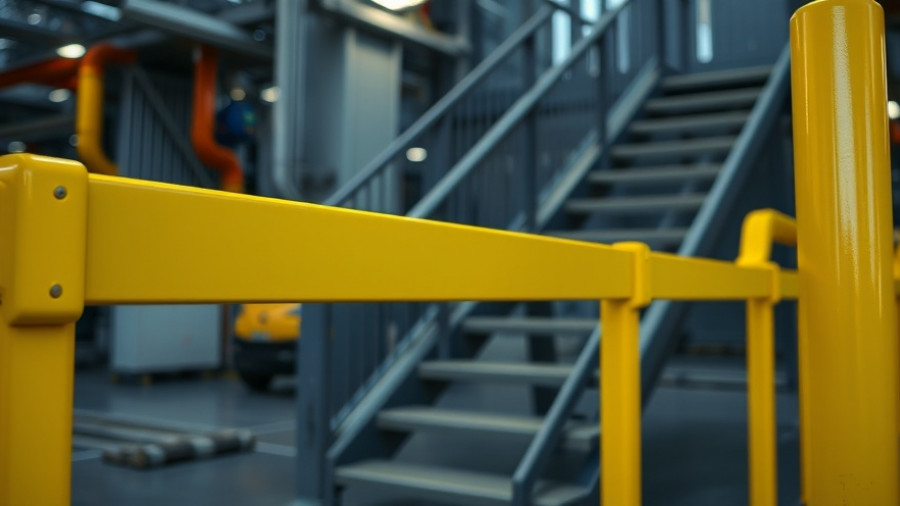
Revolutionizing Safety: A New Era for Polymer Barriers
Recent advancements in workplace safety have taken a significant leap with A-Safe's launch of its Generation 4 Polymer Safety Barriers. Designed specifically for modern industrial environments, these innovative barriers feature embedded edge sensors that collect real-time collision and motion data. This vital information empowers facility managers to optimize layouts, enhance staff training, and proactively address potential hazards before incidents occur. As the demand for safer workspaces grows, the Gen 4 barriers symbolize an essential step towards marrying technology with safety.
Cost-Effective Solutions for Modern Facilities
The financial impact of workplace accidents can be severe, leading to downtime, increased insurance premiums, and costly repairs. A-Safe's new Barrier-as-a-Service (BaaS) model shifts the financial burden of purchasing safety barriers to a subscription service that includes maintenance. This allows businesses, from property developers to manufacturing plants, to allocate their budgets more effectively, focusing on growth while ensuring their environments are monitored and secured by the latest safety technologies.
Insights Into the New Barrier Features
Each new A-Safe barrier is meticulously engineered with three distinct zones: an impact zone for absorbing shocks, a shock absorption zone to dissipate energy, and a stability zone to prevent damage to industrial flooring. Such detailed engineering results in a product that surpasses traditional steel barriers, not only in performance but also with significantly reduced maintenance costs. James Smith, A-Safe's Co-CEO, emphasizes that 'at A-Safe, we believe safety, efficiency, and performance are all equally important,’ and this new range reflects that commitment.
Harnessing Data for Safety Improvement
The incorporation of sensor technology within A-Safe's barriers enables operators to gain invaluable insights into their workspace safety dynamics. This innovation allows for the identification of hot spots and high-risk zones, which can be strategically redesigned to enhance safety. Such foresight can lead to a significant reduction in OSHA citations, while also fostering a culture of safety within organizations.
Looking Ahead: The Future of Workplace Safety
As automation and data analytics become more entrenched in industrial operations, safety products like A-Safe’s Gen 4 barriers will be increasingly vital for minimizing risks. The ability to adapt and respond to real-time data will not only protect employees but will enable businesses to thrive in an ever-evolving landscape.
Investing in advanced safety barriers is no longer an afterthought but a fundamental component of operational efficiency and workplace well-being. For facility managers and business owners aiming to future-proof their environments, A-Safe’s new offerings present a compelling solution.
 Add Row
Add Row  Add
Add 




Write A Comment